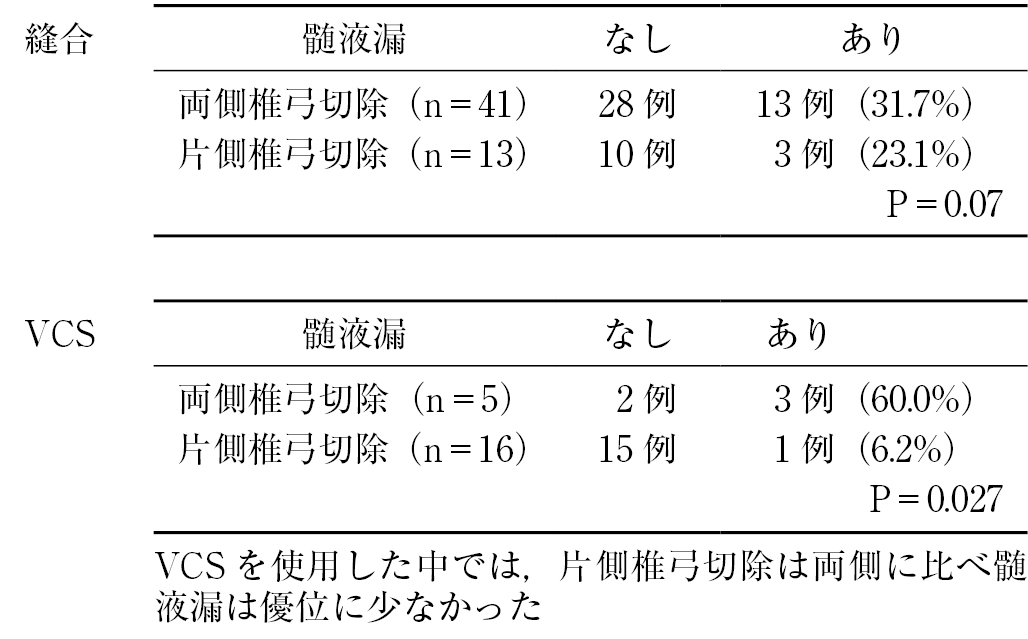Volume 15, Issue 12
Displaying 1-5 of 5 articles from this issue
- |<
- <
- 1
- >
- >|
Editorial
-
2024Volume 15Issue 12 Pages 1348
Published: December 20, 2024
Released on J-STAGE: December 20, 2024
Download PDF (241K) -
2024Volume 15Issue 12 Pages 1349
Published: December 20, 2024
Released on J-STAGE: December 20, 2024
Download PDF (250K)
Original Article
-
2024Volume 15Issue 12 Pages 1350-1356
Published: December 20, 2024
Released on J-STAGE: December 20, 2024
Download PDF (1158K) -
2024Volume 15Issue 12 Pages 1357-1361
Published: December 20, 2024
Released on J-STAGE: December 20, 2024
Download PDF (833K)
Case Report
-
2024Volume 15Issue 12 Pages 1362-1366
Published: December 20, 2024
Released on J-STAGE: December 20, 2024
Download PDF (1181K)
- |<
- <
- 1
- >
- >|



